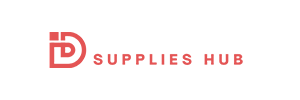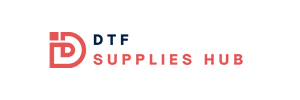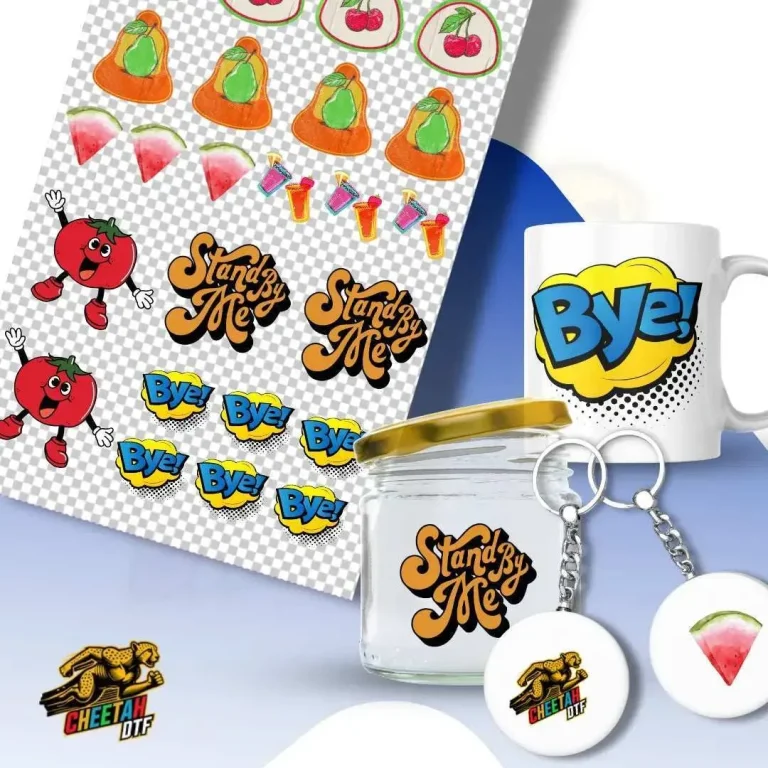The UV DTF Gangsheet Builder is revolutionizing textile printing technology by introducing an innovative solution for manufacturers seeking efficiency and sustainability. This cutting-edge advancement facilitates multiple designs to be printed on a single sheet, drastically reducing material waste while speeding up the production process. By combining UV printing methods with gangsheet printing benefits, businesses can achieve vibrant, durable prints that stand out in a competitive apparel market. In an era where sustainable printing solutions are paramount, the UV DTF Gangsheet Builder offers a responsible and eco-friendly alternative to traditional printing techniques. As manufacturers increasingly prioritize quality and sustainability, this technology could redefine how custom apparel is produced and marketed.
Introducing the UV Direct to Film Gangsheet Creator, a breakthrough in textile manufacturing that harnesses modern printing technologies for enhanced production efficiency. This advanced solution allows for simultaneous printing of numerous designs on a single substrate, optimizing material usage and minimizing waste in custom clothing production. With a focus on UV-based printing processes, the Gangsheet Builder facilitates high-quality imagery with quick drying times, ideal for today’s fast-paced fashion industry. Moreover, as businesses shift towards sustainable manufacturing practices, solutions like this offer critical environmental advantages. The evolution of gangsheet printing, emphasizing both quality and eco-consciousness, represents a significant step forward for manufacturers in the textile sector.
Understanding the Benefits of UV DTF Gangsheet Builder
The UV DTF Gangsheet Builder brings a multitude of benefits to the forefront of textile printing technology. By allowing for multiple designs to be printed on a single sheet, this innovative builder not only reduces waste but also maximizes efficiency. Traditional printing methods often lead to surplus fabric and ink that go unused; however, with gangsheet printing, manufacturers can optimize their materials and resources, significantly lowering production costs. In a world that increasingly values sustainability, embracing such advancements is essential for businesses aiming for eco-friendly printing solutions.
Moreover, the use of the UV DTF process enhances the printing quality by utilizing UV technology that dries quickly and adheres well to various substrates. This means that designs are not only vibrant but also durable enough to withstand the rigors of wear and tear. The combination of high-quality prints and reduced waste aligns perfectly with the industry’s push towards sustainable practices, positioning the UV DTF Gangsheet Builder as a frontrunner in creating responsible custom apparel manufacturing processes.
Sustainability in Textile Printing Solutions
As the textile industry grapples with its impact on the environment, the emergence of sustainable printing solutions like the UV DTF Gangsheet Builder offers a beacon of hope. This technology minimizes the use of harmful solvents and significantly reduces energy consumption, making it a responsible choice for environmentally-conscious manufacturers. The capacity for this printing method to cater to smaller runs without excessive waste makes it highly suitable for businesses looking to implement greener practices without sacrificing quality or efficiency.
Additionally, the UV DTF process aligns with broader industry trends advocating for lower carbon footprints and resource-efficient operations. As brands and consumers alike demand more sustainable options, adopting technologies such as the UV DTF Gangsheet Builder not only meets market expectations but also drives innovation within the textile printing sector. This transition towards eco-friendly methodologies ensures a future where the environment is considered a priority in the quest for profitability.
Enhancing Quality with UV Printing Techniques
Quality is paramount in textile printing, and the UV DTF Gangsheet Builder exemplifies this through its utilization of advanced UV printing techniques. These methods yield prints with enhanced color vibrancy and sharp detail that is crucial for standing out in a saturated market. By offering faster drying times and compatibility with various materials, this technology opens the door to a wider array of design possibilities, allowing manufacturers to express their creativity like never before.
The durability of UV prints compared to traditional methods is another significant advantage. This resilience not only extends the lifespan of the printed apparel but also ensures customer satisfaction, as products retain their quality over time. For businesses engaged in custom apparel manufacturing, being able to guarantee such quality can create a competitive edge, ensuring that their brand remains appealing in a landscape that is increasingly demanding innovation and excellence.
The Role of Gangsheet Printing in Custom Apparel
Gangsheet printing, particularly with the UV DTF Gangsheet Builder, is revolutionizing custom apparel manufacturing by allowing for multi-design capabilities on a single sheet. This function empowers smaller manufacturers to capitalize on personalized and unique designs while managing costs effectively. As personalization becomes a primary consumer demand, the ability to produce tailored designs efficiently without large-scale production runs positions businesses favorably to meet these market trends.
Furthermore, the flexibility inherent in gangsheet printing allows for quick adaptations to changing consumer preferences. Brands that can swiftly implement new designs based on market research and customer feedback can remain relevant and appealing. This adaptability coupled with the reduced costs associated with gangsheet printing marks a significant shift towards a more flexible and responsive approach to custom apparel manufacturing.
Market Trends Impacting Textile Printing
The textile printing market is witnessing a significant shift due to the adoption of innovative technologies such as the UV DTF Gangsheet Builder. As brands increasingly pursue personalized and high-quality prints, manufacturers must adapt their strategies to remain competitive. The ability to offer smaller batch sizes and customization without hefty investments allows businesses to cater to niche markets that were previously overlooked, making the UV DTF process vital for market relevance.
Moreover, as consumer expectations evolve, the demand for sustainable and efficient printing solutions continues to grow. Businesses that transition towards using the UV DTF Gangsheet Builder not only enhance their operational efficiency but also align themselves with the ethical standards that modern consumers are seeking. This synergy between technology and customer needs is reshaping the future of textile printing, marking a new era of customization and responsibility.
The Future of Textile Printing with UV DTF Technology
Looking ahead, the UV DTF Gangsheet Builder represents a pivotal point in the advancement of textile printing technologies. As industries embrace digitalization and sustainability, the efficiencies and capabilities offered by this cutting-edge technology promise to redefine operational standards. By reducing waste, enhancing print quality, and enabling small-batch runs, businesses will be well-prepared to tackle the demands of a dynamic market while also adhering to environmental stewardship.
Additionally, as the industry moves towards greater integration of digital printing solutions, the role of UV DTF technology will only expand. Manufacturers that leverage this innovative approach to improve their processes and product offerings will likely lead the charge in setting new benchmarks for quality and sustainability in custom apparel manufacturing. In this evolving landscape, the UV DTF Gangsheet Builder not only signifies a technological advancement but also encapsulates the industry’s commitment to a more efficient and sustainable future.
Frequently Asked Questions
What are the benefits of using the UV DTF Gangsheet Builder in textile printing technology?
The UV DTF Gangsheet Builder offers numerous benefits for textile printing technology, including reduced material waste and production time by allowing multiple designs on a single sheet. This innovative approach enhances efficiency and promotes sustainable printing solutions by minimizing excess fabric and ink usage.
How does UV printing enhance the quality of prints in the UV DTF Gangsheet Builder?
Utilizing UV printing techniques, the UV DTF Gangsheet Builder produces high-quality prints with vibrant colors and durability. The fast drying times and ability to print on various materials significantly improve product quality, making it a preferred choice for manufacturers focused on custom apparel manufacturing.
In what ways does the UV DTF Gangsheet Builder contribute to sustainable printing solutions?
The UV DTF process contributes to sustainable printing solutions by eliminating harmful solvents and reducing energy consumption. This eco-friendly approach allows textile manufacturers to adopt environmentally responsible practices, which is essential as the industry seeks to lower its ecological footprint.
Why is the gangsheet printing method advantageous for custom apparel manufacturing?
The gangsheet printing method employed by the UV DTF Gangsheet Builder is advantageous for custom apparel manufacturing as it allows for smaller production runs without incurring excessive costs. This flexibility encourages creativity in design and personalization, meeting the growing demand for tailored products in the market.
How does the UV DTF Gangsheet Builder revolutionize the production of custom prints?
The introduction of the UV DTF Gangsheet Builder revolutionizes custom prints by streamlining order management and enabling manufacturers to produce higher-quality designs at a lower cost. This technology empowers businesses, particularly small to mid-sized enterprises, to compete effectively by offering unique and personalized textile products.
What impact does the UV DTF Gangsheet Builder have on the textile industry’s ecological footprint?
The UV DTF Gangsheet Builder positively impacts the textile industry’s ecological footprint by promoting eco-friendly practices. By reducing the need for hazardous solvents and lowering energy usage, this advanced printing technology helps businesses implement sustainable solutions, aligning with the industry’s shift towards greater environmental responsibility.
| Key Points | Description |
|---|---|
| Innovative Technology | Allows simultaneous printing of multiple designs on one sheet, reducing waste and production time. |
| Quality Enhancement | Utilizes UV printing for high-quality, durable prints with vibrant colors and faster drying times. |
| Sustainability | An eco-friendly alternative to traditional methods, lowering energy use and eliminating harmful solvents. |
| Market Adoption | Supports customization and smaller print runs, enhancing creativity and reducing costs for manufacturers. |
| Industry Impact | Could redefine order and design management, particularly benefiting small to mid-sized enterprises. |
Summary
The UV DTF Gangsheet Builder is a groundbreaking advancement in textile printing that merges innovative technology with quality enhancement and sustainable practices. This tool not only allows for efficient, simultaneous printing of multiple designs but also creates high-quality, durable prints that can adapt to a variety of materials. Moreover, by reducing waste through its gangsheet approach and eliminating the use of harmful solvents, it supports eco-friendly solutions essential in today’s environmentally-conscious market. As more manufacturers adopt this technology, particularly in response to the demand for custom prints, the UV DTF Gangsheet Builder positions itself as an influential player that is reshaping the textile industry. In keeping with modern trends, it fosters greater creativity and operational efficiency while promoting responsibility. The evolution of the textile sector has embraced these advancements, ensuring that businesses can remain competitive while contributing positively to the environment.


